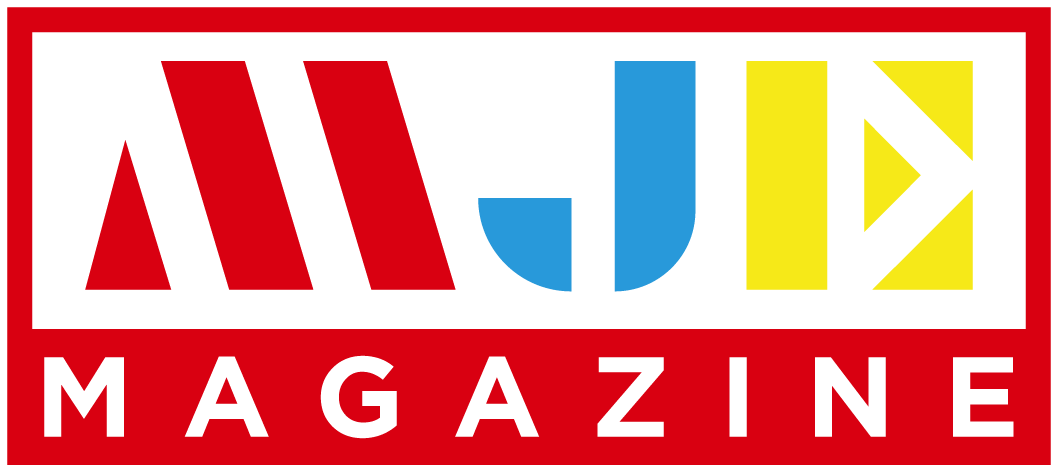This sounds like a no-brainer, but it is amazing how many people don’t really cover the groundwork in this area. What is required here is not a forest of spreadsheets – just a really clear impression of how your business will work financially. Put simply, there are three types of money that you will need.
- Investment at the start
- Monthly cash flow
- The profit (monthly or annual).
It is extraordinary how many businesses mess all this up. Here is the layperson’s guide to the three types.
Initial investment
Let’s look at the investment needed at the start.
- – Do you need to put any money in at all at the beginning? Pause on this one for a moment. If the answer is no, then don’t do it.
- – If you do need to borrow from some other source, what demands will the lenders make on getting it back? Banks want interest. Investors want cash back. They don’t lend money out of kindness. It is so easy to be seduced by the sort of macho talk that goes with establishing a business. You know the sort of stuff: ‘We’ve got some seed corn investment from a consortium of city backers’, ‘The Venture Capital guys are really interested in the idea’. This may make you feel very important, but these people want their money back, and some. And they will want to be involved in the way you run the business. Therefore, if you can do it without them, then do.
- – If you do have to put money in yourself, when are you going to get it back? Don’t delude yourself by excluding this amount from your assessment of whether the business is going to be a success.
Many self-employed people say that their business is ‘successful’ whilst simultaneously failing to remind themselves that ‘the business’ owes them thousands. This may be acceptable in the early stages, but not if there is no likelihood of you being repaid in the foreseeable future.
Monthly cash flow
This is the amount of income you need each month. Write down what you need. Now write down what you think you can get. Then build in time delays for late payment in the early days. This becomes your first cash flow projection. This projection has to be very, very realistic. You must have a reasonable level of confidence that it is achievable otherwise you will have a disaster on your hands almost straightaway. You need to distinguish very carefully between income and profit. If you are ever tempted to start calling this income money ‘profit’, it has all gone wrong. That means it has gone wrong both on paper and in your head. To repeat, this is not profit – it is income. You can have an infinite amount of the stuff and yet still be making a whopping loss. Make sure that you make proper allowance for all the outgoings that may crop up, as well as an amount to pay yourself a salary to keep the wolf from the door.
Another massive pitfall is if you mentally earmark this money to ‘mortgage’ other costs. In the same way that shopaholics rationalize a purchase by saying ‘I didn’t spend $300 on that, so I can use it for something else’, you must never double-count your money.
Calculate how much you need to make each month. Once you write it down, it is more likely to happen. (This is a general principle that works for almost everything – if you write it down, it is more likely to happen.) You can have a sensible minimum and maximum, but it is better if you have just one figure. Now you have to work out where it’s coming from. Write down a realistic list of the value of your income in the first three months. If this turns out to be nonsense, write a more realistic list next time. As you become better at predicting, you will naturally build in time lags to reflect slow decision making and slow payment.
The profit (monthly or annual)
The final thing to consider is the profit margin. Ask yourself:
- – How much is the profit?
- – Does it vary depending on what you have sold?
- – Does it vary by month or season?
- – Does it fluctuate wildly?
- – Why?
- – What would make it more consistent?
- – What would make it higher?
- – What are the tolerance levels?
- – What is the average target?
- – Is that realistic?
- – Is it good enough for you?
You need to keep a regular and close eye on this. You also need to have decided whether you need the profit margin monthly, annually or over any other time period.
- – If you need the profit margin monthly, does this mean that your business plan does not include an amount for your own salary?
- – If so, is that wise or realistic?
- – If you can take the profit annually, how are you keeping tabs on the surplus that is (hopefully) building up?
- – Can you equate it back to the running monthly amount?
Be aware that if you manage to convince yourself that you can wait quite a long time to realize a certain margin (a year or more), then you may well have a vulnerable business on your hands. Successful businesses make a good margin with almost everything they do, effectively from day one. Consider this carefully. There is no point in driving yourself into the ground all year only to make a few per cent, unless you are extremely happy with the figure that it generates.
The overall rule is to keep all this incredibly simple. The moment you over complicate the finances you will lose the plot and probably start talking nonsense about the business, which, as we are beginning to realize, is one of the worst enemies of anyone working on their own.
Bran isa retired franchiser and business consultant. He also blogs on Business for which he has received immense fame. He looks upto William Lauder for inspiration.


